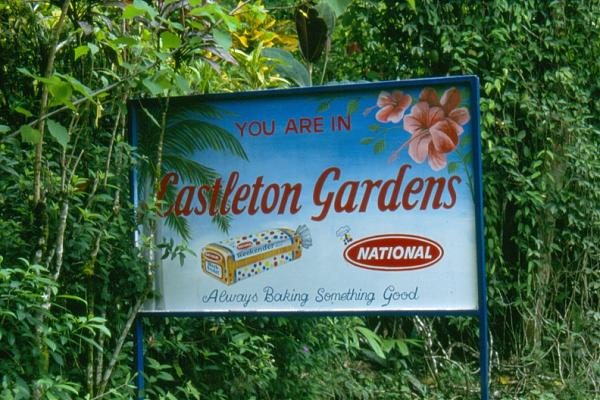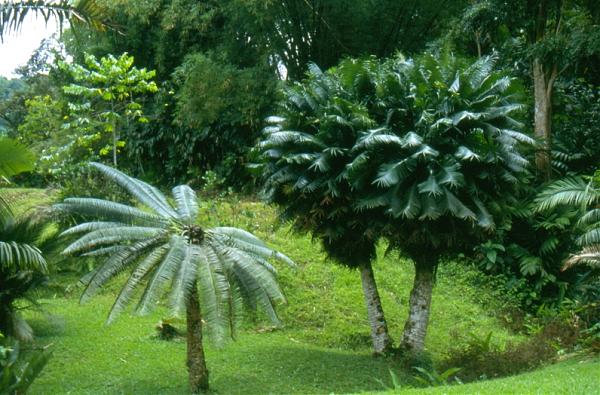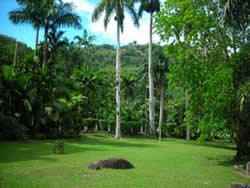Howdy! Our posts are coming to an end, but don`t worry
dear travellers, Jamaica will always be here.
I figured it`s time to talk about Jamaican history, but in depth, unlike
my brief conversation with Joel. So here
we go!
The original inhabitants of Jamaica are believed to be
the Arawaks, also called Tainos. They came from South America 2,500 years ago
and named the island Xaymaca, which meant “land of wood and water”.
On May 5, 1494 Christopher Columbus, the European
explorer, who sailed west to get to the East Indies and came upon the region
now called the West Indies, landed in Jamaica. Columbus had previously heard
about “the land of blessed gold”, he was soon to find out that there was no
gold in Jamaica.
The Spaniards, when they came, tortured and killed the
Arawaks. The newly introduced European diseases killed the most of the
inhabitants because they had little to no resistance. The Spanish also
transported hundreds of enslaved West Africans to the island.
The Brits invaded Jamaica in 1655. The enslaved
Africans seized the moment, ran off and formed independent communities.
Meanwhile, the base of pirate related operation, Port Royal, was built by the
Brits.
English Jamaica`s main income used to be piracy, but got
replaced by sugar in the eighteenth century. The sugar industry grew so rapidly
that the 57 sugar estates in the island in 1673 grew to nearly 430 by 1739. This
industry required thousands of people to work on the crops, so the Brits
brought a huge amount of enslaved Africans to Jamaica. The Africans ended up
outnumbering the white Englishmen with a ratio of twenty to one.
The slaves were unhappy with their treatment and
status, and rebelled whenever they could. The original inhabitants also had
several wars with the Brits. These rebellions and wars were a leading factor
that led to the abolition of slave trade and slavery in the Caribbean. This abolition
was passed on January 1th 1808.
Now on to more recent history. The Jamaica Constitution
was made in 1962 and is the most fundamental legal document in the country. The
document guaranties the freedom, rights and privileges of every Jamaican
citizen. The Constitution reflects the county`s independence and remains the
cornerstone of Jamaica`s legal systems.
I hope you enjoyed this little piece of Jamaican
history, I certainly did. Farewell, dear travellers,
-Lene
http://jis.gov.jm/information/jamaican-history/
https://en.wikipedia.org/wiki/History_of_Jamaica




















